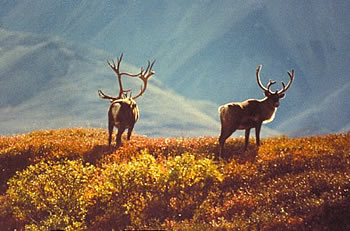Caribou on the Arctic tundra of Alaska (US)
Click on image for full size
US Fish and Wildlife Service
Arctic Tundra
It is too cold for trees to grow in the north polar region. This place without trees is called the Arctic tundra.
Trees can not grow there but many other things can! During the summer, grass, flowers, moss, and lichen cover the land. As snow and water in the ground melt, the water makes ponds and marshes during the short summer. Many animals, like caribou, insects and many birds, spend summer in the Arctic tundra.
During the winter it is very cold and dark. A blanket of snow covers the land. Some animals, like the Arctic hare, musk ox, and ptarmigan, can survive the fierce conditions of the Arctic tundra even during the winter. They have adaptations that help them live so far north. Some have thick fur or feathers for warmth. Some have fur or feathers that turn white in color during the winter to camouflage against the white snow, and then become darker during summer. Some add a thick layer of fat on their bodies during summer which like a coat keeps them warm all winter long. Many of the animals that remain in the arctic tundra during the winter hibernate (sleep) for most of the cold season.
Last modified February 6, 2007 by Lisa Gardiner.
You might also be interested in:
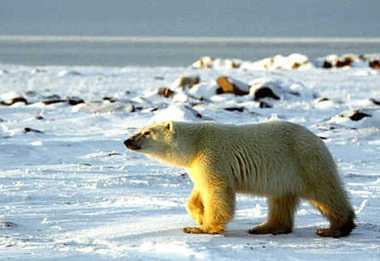
In the Arctic, you will find the Arctic Ocean surrounded by the continents of Europe, Asia, and North America. You will find the geographic North Pole and the magnetic North Pole there; both are in the
...more
Biomes are large areas of the world where there are similar plants, animals, and other living things. The living things are adapted to the climate. Explore the links below to learn more about different
...more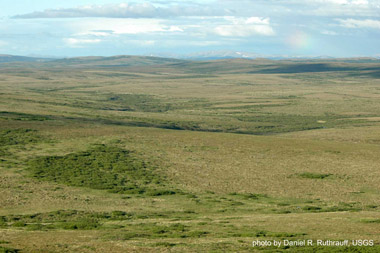
It is not easy to survive in the very cold places of the world. The soil is frozen and no trees can grow. This place is called tundra. Plants and animals that are adapted for cold do live there. Most
...more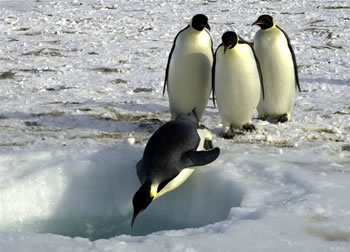
All sorts of living things call Earth’s polar regions home – from tiny lichens of the Arctic tundra to huge blue whales swimming through the frigid waters of the Southern Ocean. Some animals are live near
...more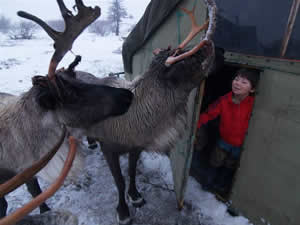
Inuit Inuit people live in the chilly northern parts of Canada, Alaska (USA), Siberia (Russia), and Greenland. There are many different groups of people in this large area. Most have similar ways of living
...more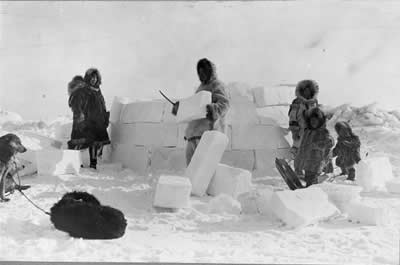
Traditional Inuit way of life was influenced by the cold climate of the Arctic tundra. Inuit discovered ways to help them survive in this environment. Read on to learn more about traditional Inuit ways
...more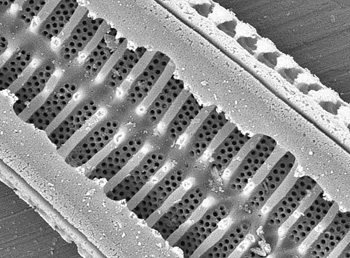
Not all fossils are the size of dinosaurs. Some are very small, so small that you need a powerful microscope to find them. Scientist Peter Siver has been looking for very small fossils for 20 years. He
...more


